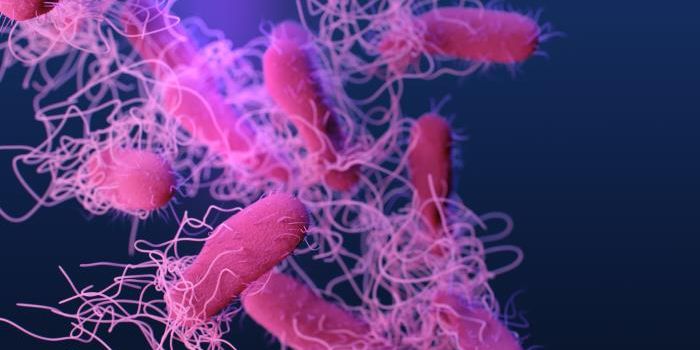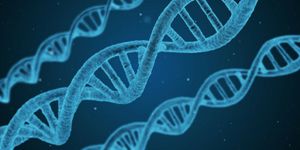Model organisms are vital to scientific research. They provide researchers with a way to analyze biochemical events in vivo and provide context for research. One such model is the roundworm Caenorhabditis elegans. At only one millimeter long, this small animal has had a big impact on life science and has been extensively characterized. Now, work done at Uppsala University in Sweden has shown that the worm is a more complete model system that researchers knew, and that could enable more in-depth research in areas the worm is especially useful for, such as the early development of the embryo.
C. elegans is a nematode, shown developing in the time lapse video above, that has been used to research human disease as well as fundamental questions of basic biology. It is easy and cheap to maintain and house the worms, they eat bacteria and aren’t expensive to feed. They also have the quality of transparency, making observations of the internal workings of the animal simple and straightforward – just look.
Carbohydrate chains that are covered in negatively charged sulfate groups are called sulfated glycosaminoglycans. They have critical functions in early embryonic development as well as in adults. Chondroitin sulfate is one such glycosaminoglycan (GAG) that is made in every animal, from snails to humans. However, it had not been found in roundworms, which has long been a mystery to scientists. In this new work published in Scientific Reports, a novel way to isolate these GAGs has been described; it is essential to solving the mystery of the missing GAG.
"Now we know that Caenorhabditis elegans do have the ability to produce chondroitin sulfate. The vast amount of the same carbohydrate without any sulfate groups produced by the roundworm has probably masked the much fewer chondroitin sulfate chains. A previously undiscovered enzyme with the ability to tranfer sulfate groups to the carbohydrate chains has also been identified in the study," explained first author Tabea Dierker, a researcher in the group of Lena Kjellén at the Department of Medical Biochemistry and Microbiology at Uppsala University.
Scientists know that if enzymes that build carbohydrate chains are blocked, it impedes the ability of cells in the developing embryo to undergo division. It will now be possible for investigators to research whether sulfate groups are critical to that early cell division. Other biological functions that involve chondroitin sulfate can now be modeled in C. elegans thanks to this discovery.
"It is satisfying to see that our results make Caenorhabditis elegans a more complete model system than previously thought,” commented Andrea Hinas, researcher at the Department of Cell and Molecular Biology.
An overview of the C. elgans life cycle is discussed in the video above and at the
Worm Classroom website.
Sources:
Eurekalert!/AAAS via
Uppsala University,
WormClassroom,
Scientific Reports








